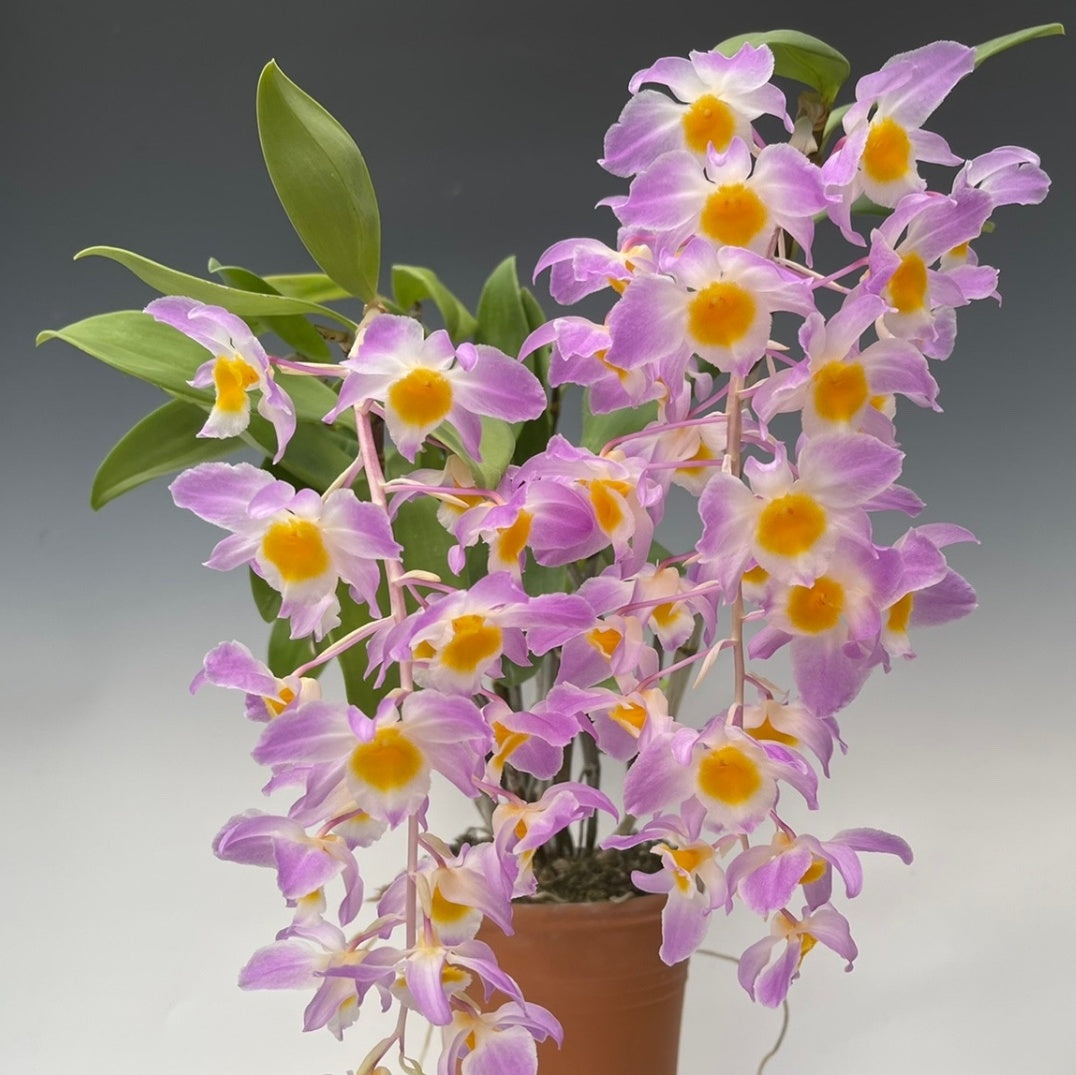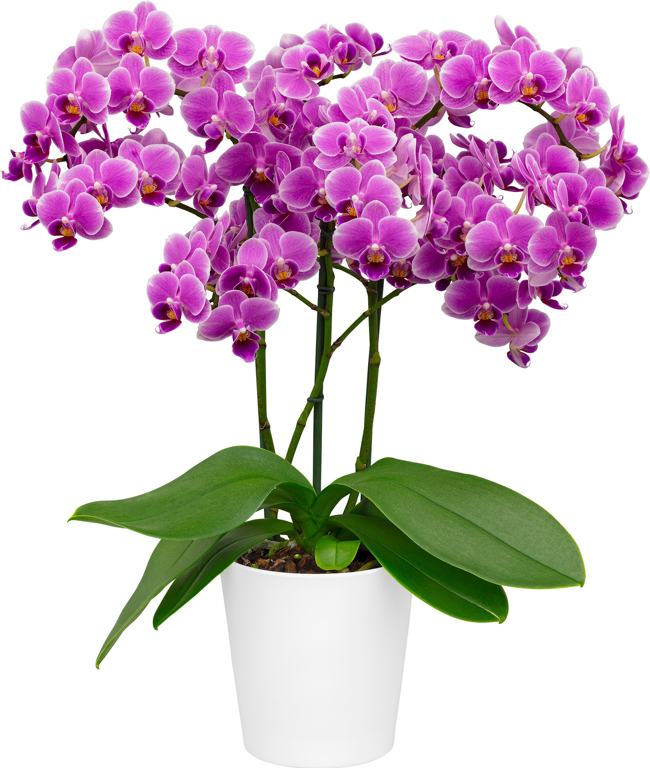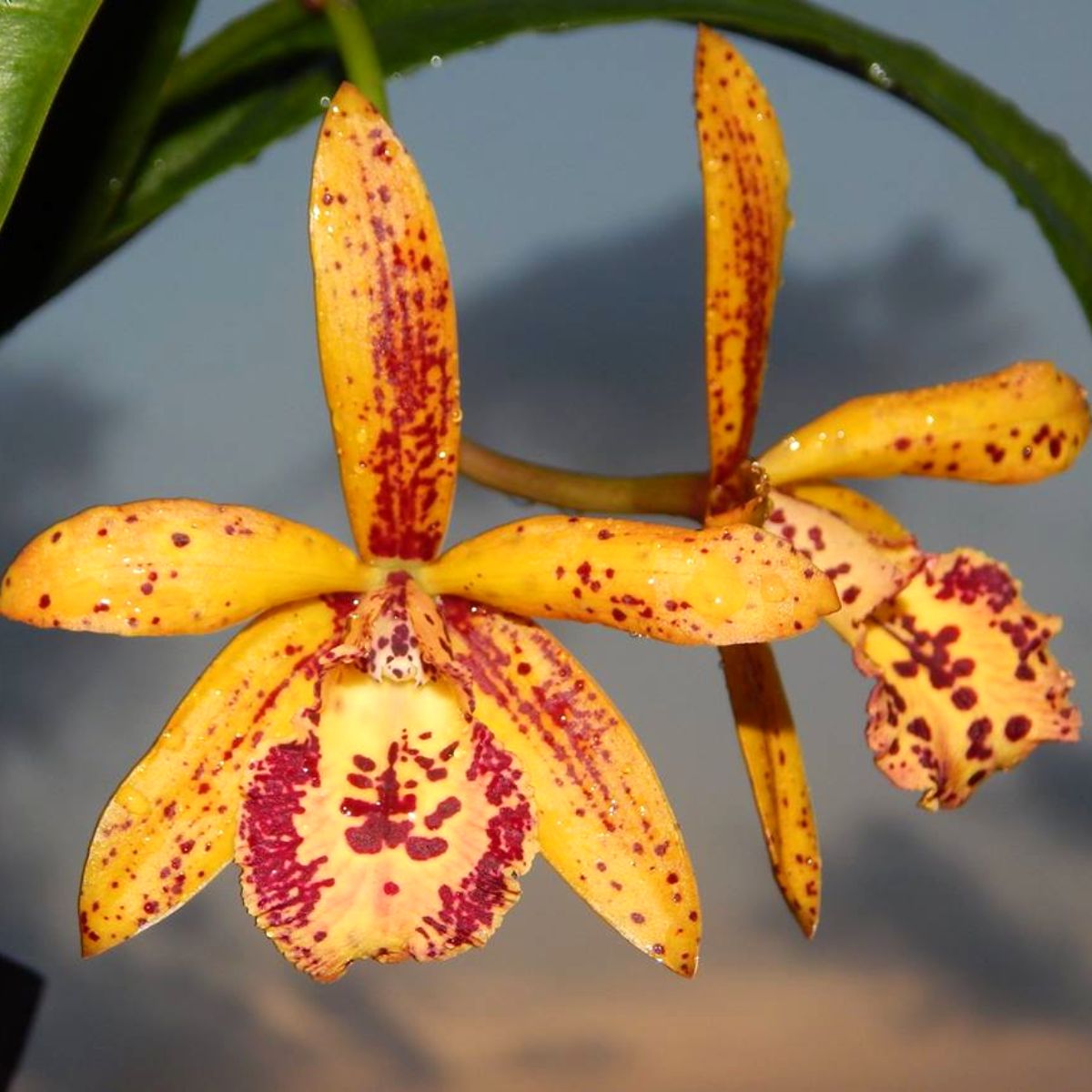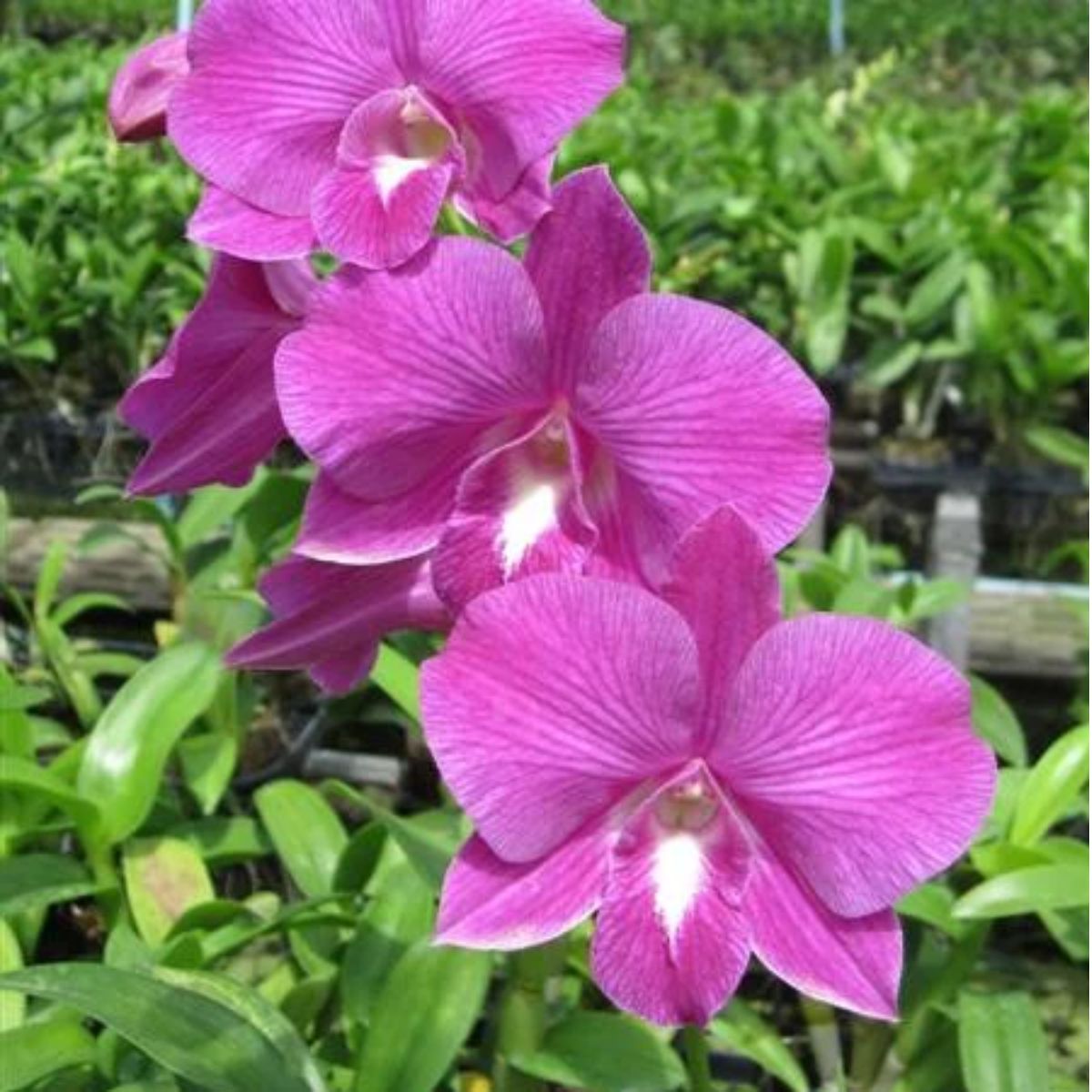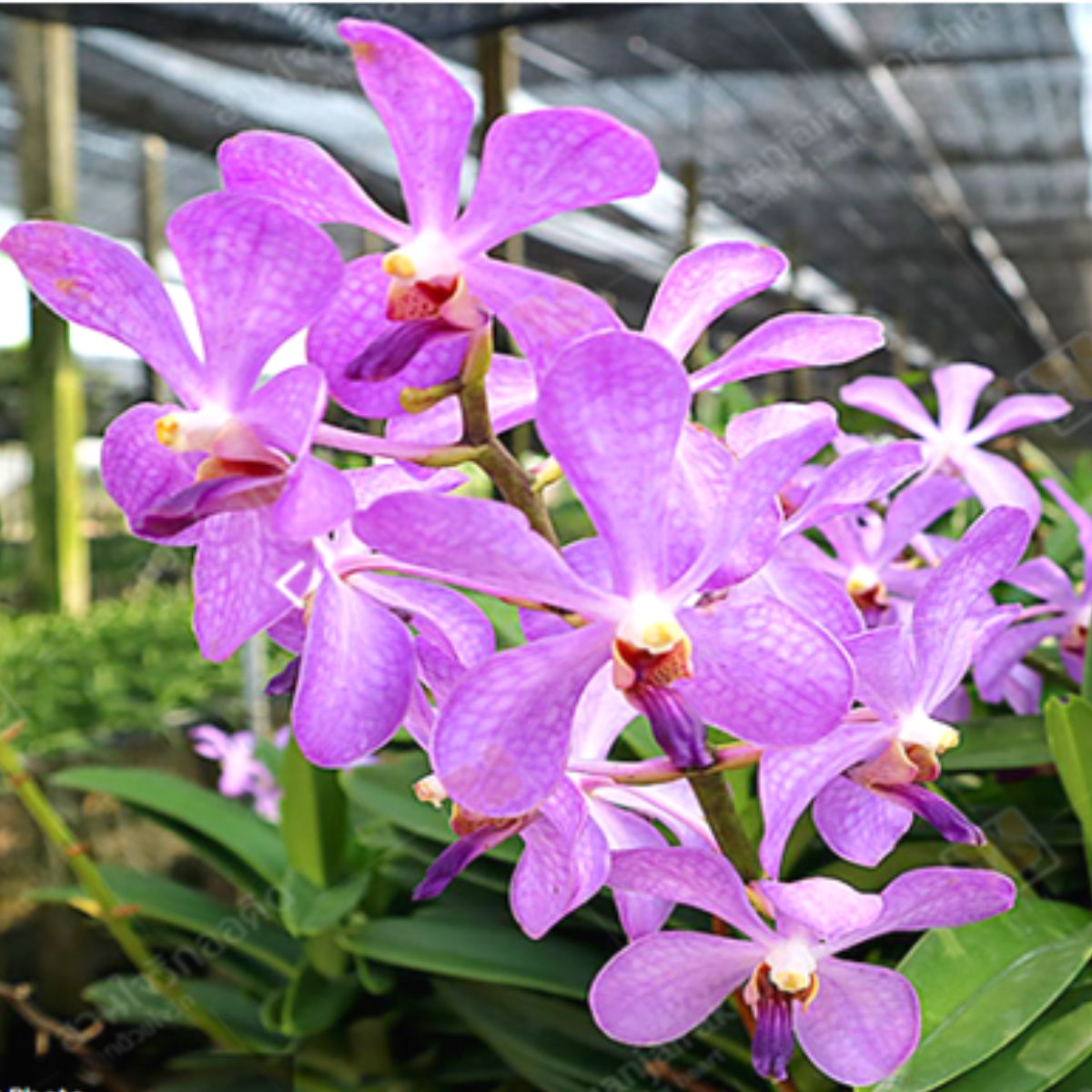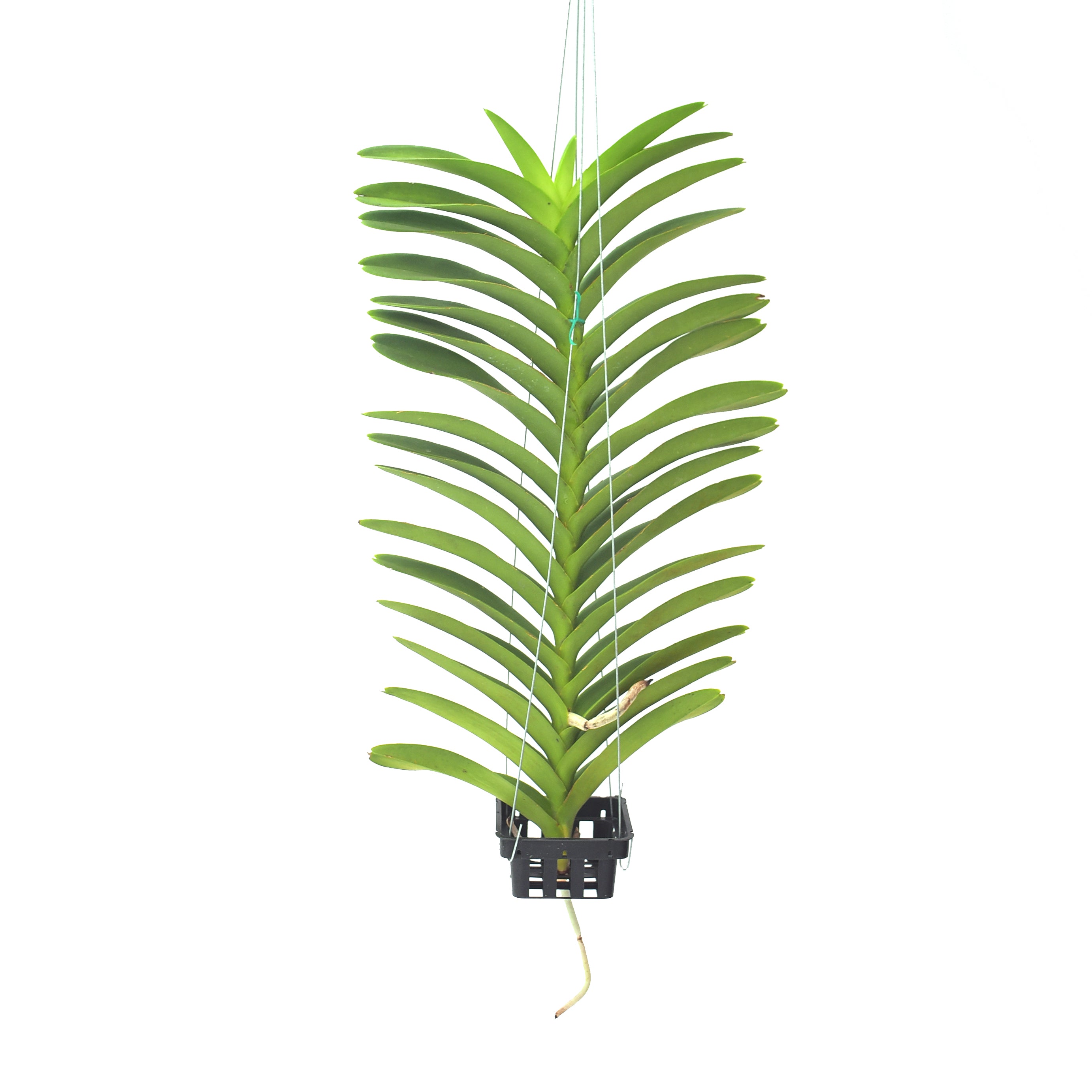Mokara Jairak Blue
Get 15% off on your first purchase.
-

On orders above ₹999 Use Code: FREESHIPPING
-

Consult an Expert.
Consult now -

Easy refund Policy.
view refund policy
Mokara orchids are hybrid plants, produced by crossing three genera called Vanda, Ascocentrum and Arachnis. They make good houseplants and are easy to grow, and don't need potting or potting medium. They bloom in many colours that include purple, pink, red, orange and yellow
Type: Hybrid
Colour: Blue
Fragrance: No
Plant Size: Blooming Size
Plant Stage: Matured
Pot Type: Square net Pot with Hanging wire
Pot Size: 3 inch
Potting Media: Not Required
Growing Conditions: Tropical (warm to cold climate)
Growing Level: Easy
Note: Plant will be delivered without flowers / spikes / buds
Water: Water them in the morning when the media is dry. Ensure there is moisture in the media and keep them from drying up.
Light: Ensure a good dose of indirect sunlight. Ideally the early morning light is advisable.
Temperature: Warm to cool growing plants with temperature between 21°C to 38°C suitable for growth.Humidity: Maintain humidity level of 60% - 80%. Regular watering in plants helps maintain the humidity and encourage growth. Good air circulation is a must.
Fertilizer: fertilizing twice a week for both vegetative growth and flower with very less strength.
Note: Never fertilize a plant that is completely dry, because this can cause major damage to the roots.
Potting: Anthurium should be repotted in a pot with coarse mix which can hold moisture and can maintain humidity. Media should be as such so that water drains out properly and provides proper aeration.
1. Open the box under the shade (cool area).
2. Keep the plant for rest for at least 12 hrs.
3. Clean the plant and wash them with fungicide solution and keep spraying the fungicides once in a week
4. After 15 days you can start spraying fertilizer after every 10 days in growing season (summers) and after every 15 days in dormant season (winter)
5. Repotting is preferred to be done in growing season
6. Keep checking the growth of new roots which indicates the plants have successfully settled in your location.

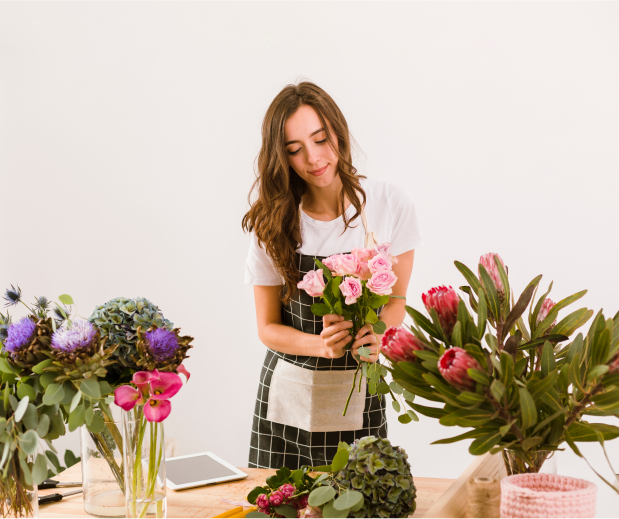
Gift happiness to your loved ones
Radiate joy with our heartfelt gifts! Thoughtfully crafted to wrap your love in happiness, our collection is a perfect expression of care and warmth, making every moment special and memorable.

Frequently asked questions
Along with every order, we send a care card with instructions and a sample care pack. Since they are slow-growing plants, they don't need much attention.
Yes, we ship all over the world. Shipping costs will apply, and will be added at checkout. We run discounts and promotions all year, so stay tuned for exclusive deals.
It depends on where you are. Orders processed here will take 5-7 business days to arrive. Overseas deliveries can take anywhere from 7-16 days. Delivery details will be provided in your confirmation email.
It usually takes 2 to 3 days to process the order. We make sure that the plants are well treated and dry before shipment. During the monsoon season, some orders take longer. Our executive generally informs our clients if there is any delay in the process

